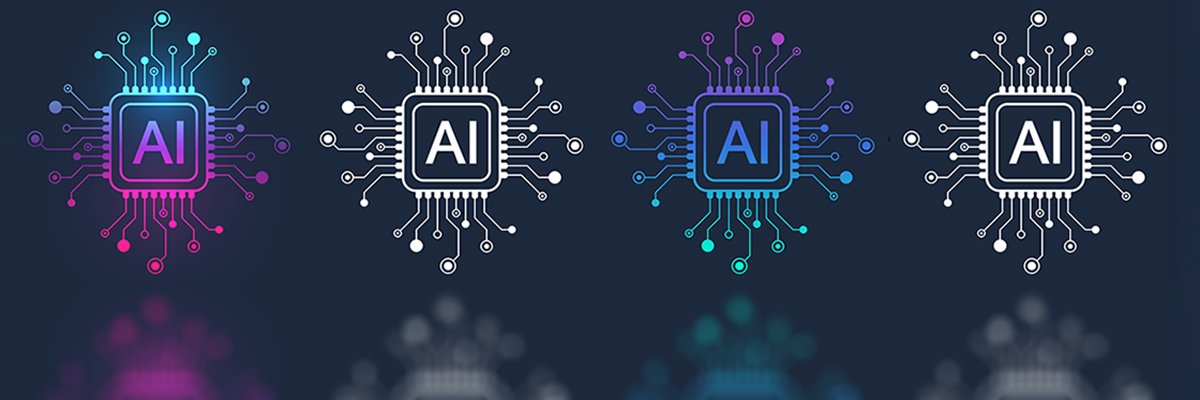Chipmaker Nvidia reported revenue of $57 billion for the third quarter of 2026, with its data center business making the biggest contribution to the company's bottom line, posting revenue of $51 billion, up 66% year over year from last year's results.
CEO Jensen Huang said the company continues to see growth in artificial intelligence (AI) workloads that require high performance. graphic processing units (GPUs)) that Nvidia specializes in.
According to Huang, AI output scales exponentially with advances in pre-learning, post-learning, and reasoning capabilities. He said this finding is becoming increasingly complex as AI systems now “read, think and reason” before generating answers. Huang said exponential growth in computing requirements is driving demand for Nvidia platforms.
In addition to data center AI accelerator GPUs, NVLink AI's network infrastructure business grew 162% with revenue of $8.2 billion.
Juan said: “Customer Interest in NVLink Fusion continues to grow. In October, we announced a strategic collaboration with Fujitsu in which we will integrate Fujitsu processors and Nvidia GPUs through NVL Fusion, connecting our larger ecosystems. We also announced a collaboration with Intel to develop multiple generations of purpose-built data center and PC products, connecting the Nvidia and Intel ecosystems using NVLink.”
Among the areas that Nvidia sees as a big differentiator is the wattage rating, which is directly related to the operating costs of high-performance computing in data centers. Discussing breakthroughs in GPUs, he said, “With each generation, from Ampere to Hopper, from Hopper to Blackwell, from Blackwell to Rubin, our portion of the data center has grown.”
He said that each generation of GPUs has seen significant performance gains, but that performance must be delivered within the limits of the data center's capacity. “A one-gigawatt data center still only has one gigawatt of power,” he said. “Your performance per watt directly impacts your bottom line, which is why choosing the right architecture is so important now.”
When asked about the single biggest bottleneck that could be holding back Nvidia's growth, Huang said, “What Nvidia is doing has obviously never been done before. We've created a whole new industry. On the one hand, we're moving from general purpose computing, classical or traditional computing, to accelerated computing and artificial intelligence. On the other hand, we've created a whole new industry called artificial intelligence factories. The idea that in order for software to run, you need these factories to generate it, generate every single token.” instead of receiving information.” it was created in advance.”
He said the transition required “extraordinary” skills, adding: “The most important thing we need to do is good planning of the work. We plan the supply chain up and down the supply chain. We have established many partners and therefore we have many routes to market.”
However, one market that is now effectively closed is China. Huang said, “Significant purchase orders did not materialize this quarter due to geopolitical issues and increasing competition in the Chinese market. While we are disappointed that the current environment prevents us from bringing more competitive data center computing products to China, we are committed to continuing to collaborate with the U.S. and Chinese governments and will continue to advocate for America's ability to compete globally.”
In what could be seen as a carefully crafted message to the White House, he added: “To establish a sustainable leadership and position in AI computing, America must win the support of every developer and become the platform of choice for every commercial business, including in China.”
Overall, Huang wants Nvidia to deliver the best value to customers, saying, “At this point, I'm absolutely confident that Nvidia's architecture delivers the best performance for the overall total cost of ownership.” [total cost of ownership]. This is the best performance per watt, and therefore, for any amount of power transferred, our architecture will bring the most profit.”








